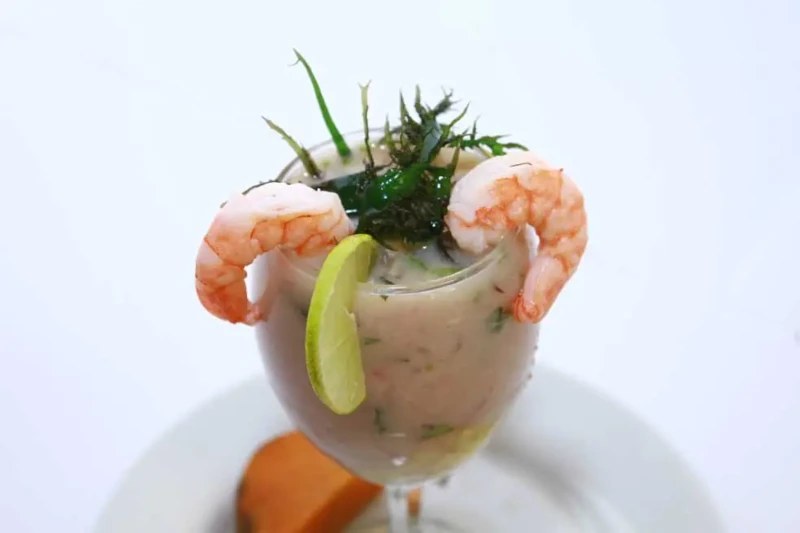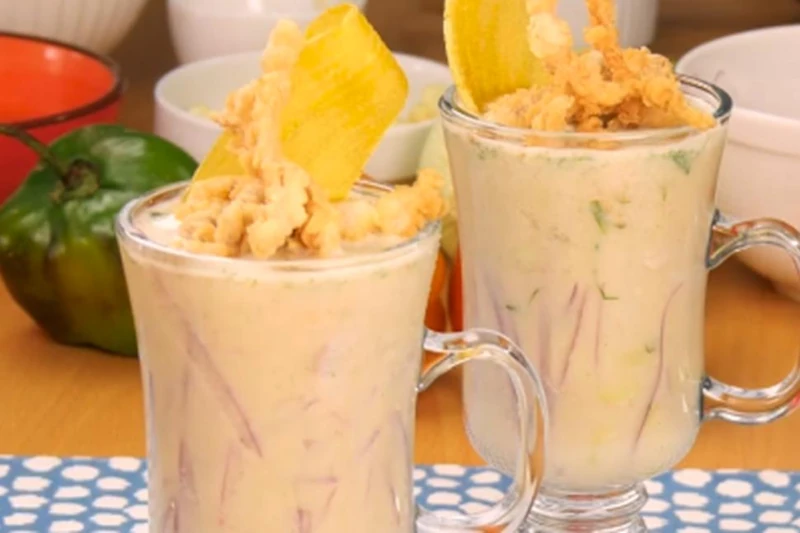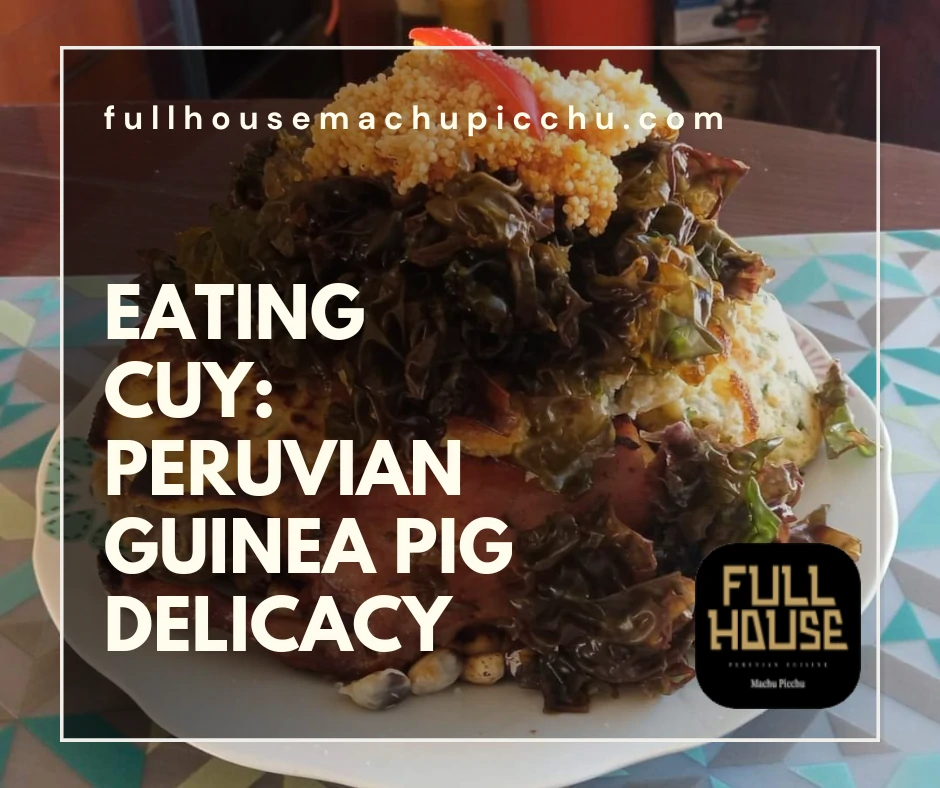Leche de Tigre is a flavorful and essential component of Peruvian cuisine. Chefs often use this tangy marinade in ceviche. People celebrate it for its bold flavors and health benefits.
In this blog post, we’ll dive into the origins of Leche de Tigre. We’ll explore its ingredients and how chefs use it in various dishes. Understanding its role in Peruvian culture will enhance your appreciation of this unique concoction.
Join us as we uncover the secrets behind Leche de Tigre. Discover why this culinary gem has captivated taste buds worldwide. Let its rich, vibrant flavors inspire you.

The Origins and Cultural Significance of Leche de Tigre
Leche de Tigre, a staple in Peruvian food, has a rich history that captures the essence of Peruvian cuisine. This vibrant, tangy marinade is integral to ceviche, a beloved dish across Peru. Traditionally, Leche de Tigre was a way to use the flavorful juice left over from marinating fish.
The name “Leche de Tigre,” which translates to “Tiger’s Milk,” hints at its bold flavors and revered status.Local legend claims this dish has energizing and aphrodisiac qualities.
It reflects the deep connection between Peruvian culture and its culinary practices.
Historically, people often served this dish as a restorative drink after a hearty meal.Many believe its ingredients, including lime juice, fish stock, and spices, help with digestion. Over time, it evolved into more than just a marinade and became a sought-after culinary delight in its own right.

A Culinary Tradition in Modern Peru
In contemporary Peru, Leche de Tigre enjoys widespread popularity and is featured in various dishes. It remains an essential component in ceviche, enhancing the dish’s overall flavor profile. Many high-end restaurants and street vendors alike proudly servethis dish, showcasing its versatility.
The preparation of this dish often involves a careful blend of fish juices, lime, and hot spicy. This combination creates a spicy kick that perfectly complements fresh Peruvian seafood. Its tangy and spicy nature makes it a favorite among locals and visitors.
Leche de Tigre also holds cultural significance beyond its culinary use. People often consume it during celebrations and special occasions, highlighting its importance in Peruvian social life. Whether enjoyed in a Full House restaurant or at a casual gathering, it symbolizes the warmth and vibrancy of Peruvian culture.

A Taste of Tradition
While this dish has evolved, its traditional roots remain firmly in place. Many families have their own recipes, passed down through generations. This variation adds depth to the dish, reflecting the diverse influences on Peruvian cuisine.
Chicha morada, a traditional Peruvian beverage, often accompanies this dish in meals. This sweet, purple corn drink balances the spicy and tangy notes of the marinade. Together, they offer a complete Peruvian dining experience that is both refreshing and satisfying.
Understanding the cultural significance of this dish offers insight into the broader context of Peruvian food. It represents the harmony between tradition and innovation in Peruvian cuisine. Its story reflects how local ingredients and culinary practices can create a dish with enduring appeal.
In summary, this dish is more than just a marinade; it is a symbol of Peruvian culinary artistry. Its origins and cultural significance highlight its role in both traditional and modern Peruvian food. Embracing this dish means experiencing a vibrant aspect of Peru’s rich gastronomic heritage.




